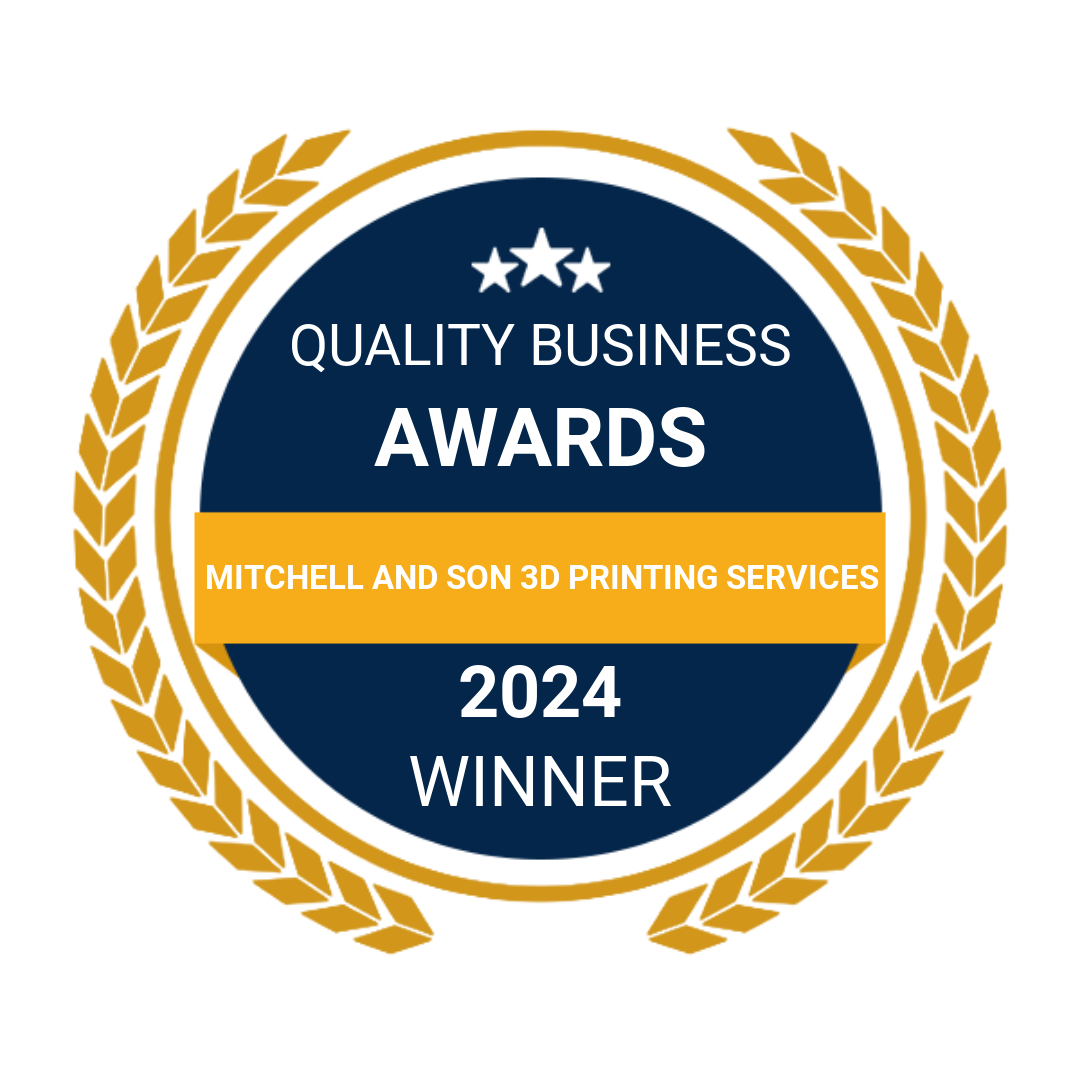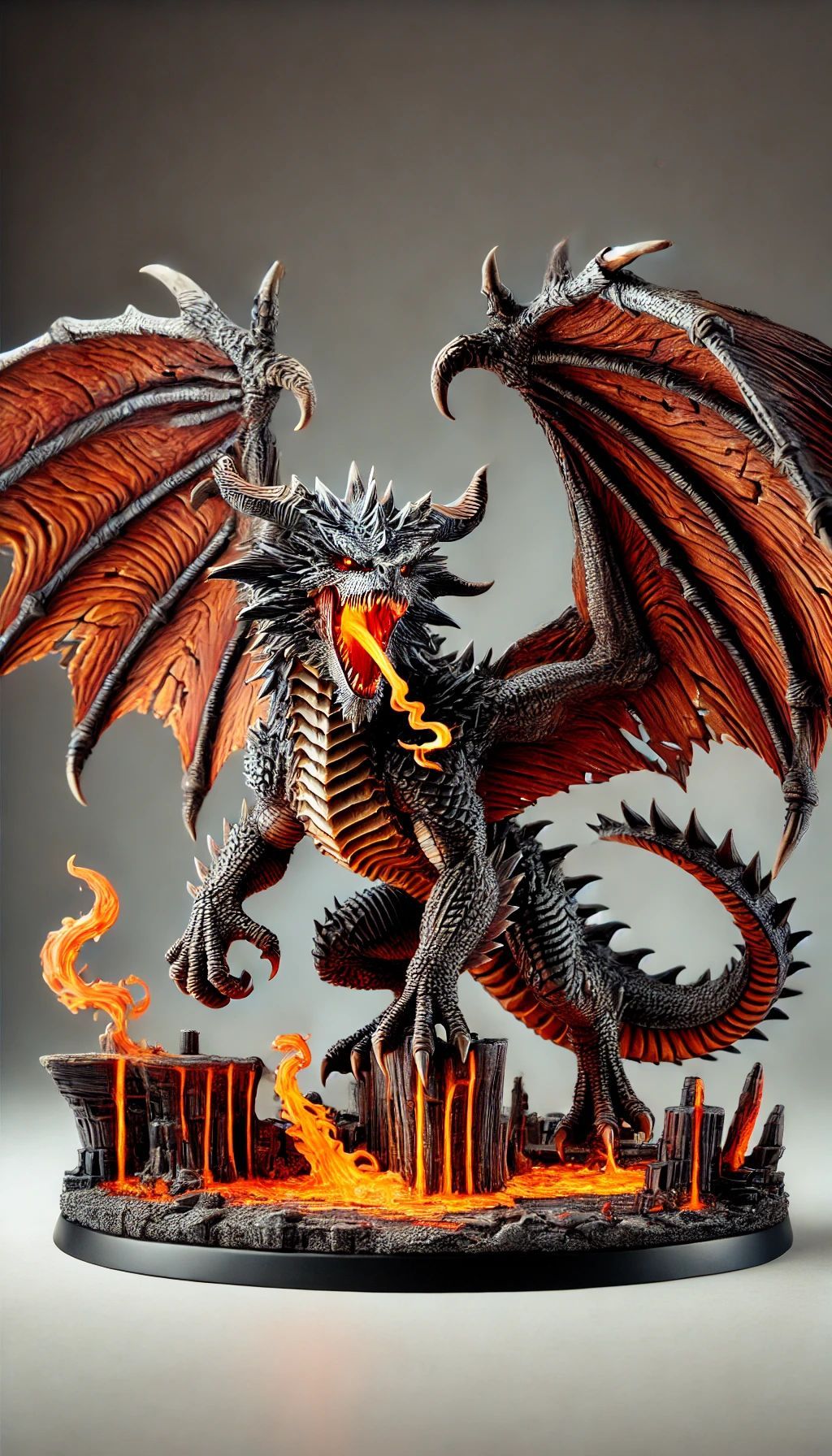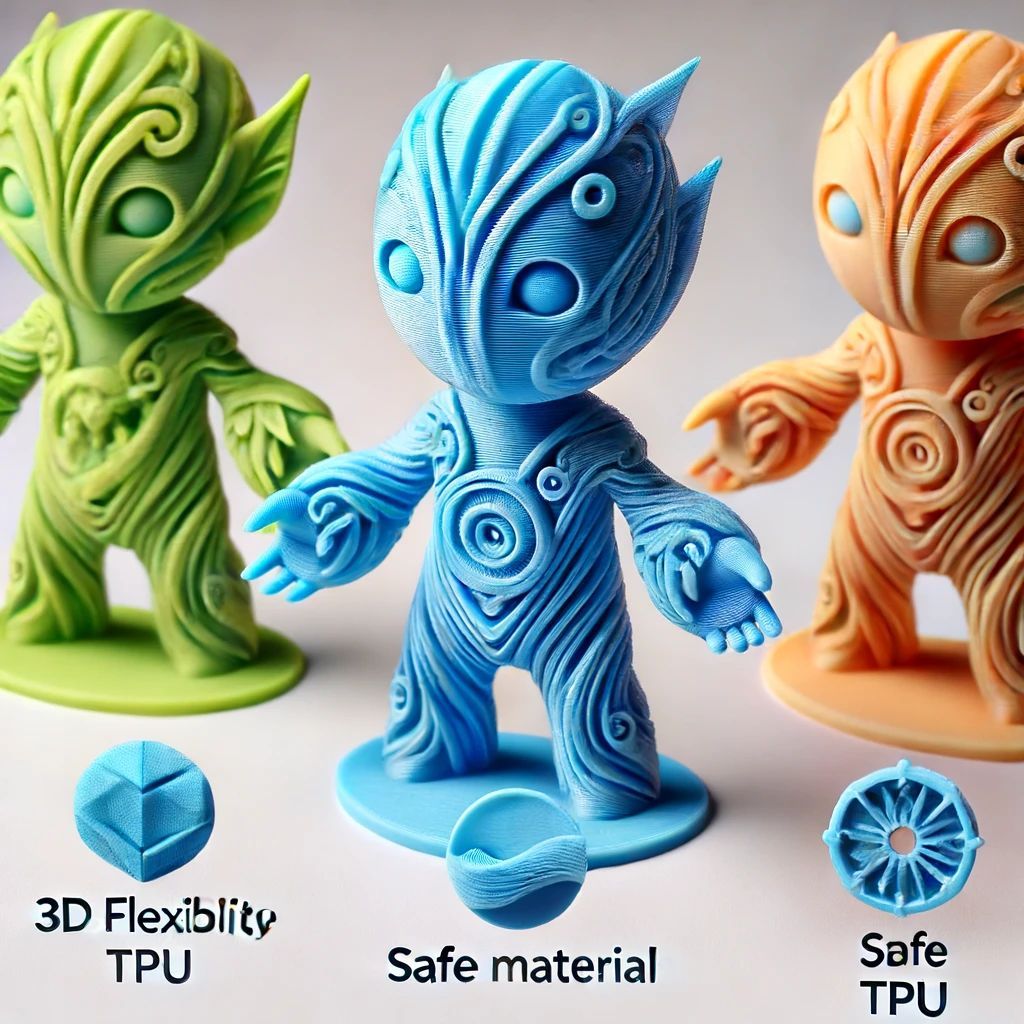How Strong is Copper 3D Printed Metal
How Strong is 3D Printed Copper?

Copper is a very versatile metal that has been used for centuries because of its ability to conduct heat and electricity, resist corrosion, and even kill bacteria and viruses. The growing demand for complex copper parts is due to the increase in 3D printing applications and possibilities.
The latest material available in additive manufacturing is Copper (C18150), a chromium zirconium copper (CuCr1Zr) alloy defined by its excellent thermal and electrical conductivity. Additive C18150 was developed to fill the void in the AM market and the demand for additive copper
Why 3D Print Copper?
3D printing is a manufacturing process that allows for the creation of very complex shapes and fine details, as well as the printing of internal structures and lattice infills. This results in products that are lighter and more efficient, as well as products that can be assembled faster, since multiple parts can be printed together.
The additive technology has led to more efficient manufacturing of copper, which is a relatively expensive metal. This is done by reducing the amount of material necessary for each part, as waste is minimized. For companies interested in 3D copper printing, optimizing part performance and reducing raw material costs are both critical.
There are a limited number of 3D printers that can print with copper, but the technology is still developing. There is a lot of variety in terms of price and functionality. Some printers use copper-filled plastic filament to create objects that are nearly 100% copper. More advanced printers that use copper powder, rods, or copper and polymer slurry can create industrial
There are a few different ways to print copper parts, but using metal filament is the most economical option. Metal filament is made of a plastic base with metal particles evenly infused within it. Copper-infused filament is a unique type of composite filament that can yield strong, chemical resistant, and nearly solid metal parts when used properly.
Tensile Strength of 3D Printed Copper
Copper’s material characteristics makes it ideal for heat exchangers, rocket engine parts, induction coils, electronics as well as any application requiring good conductivity.
The copper family includes the alloys Cu, CuCP and CuCrZr which are designed and tested for use with EOS metal systems.
All copper materials are shipped with a material test report (according to EN 10204, Type 2.2) showing the results of the QA testing with regard to the chemical properties and particle size distribution.
EOS also offers processes with the optimal combination of parameters (e.g. laser power, layer thickness, etc.) for each of the alloys.
EOS Copper
This high purity copper achieves good electrical and thermal conductivity and is suited for a wide range of applications.
...
Typical Part Properties.
- Chemical composition in compliance withapprox. 99.6% pure
- Ultimate Tensile Strength 190 MPa
- Yield Strength 140 MPa
- Elongation @ Break 20 %












